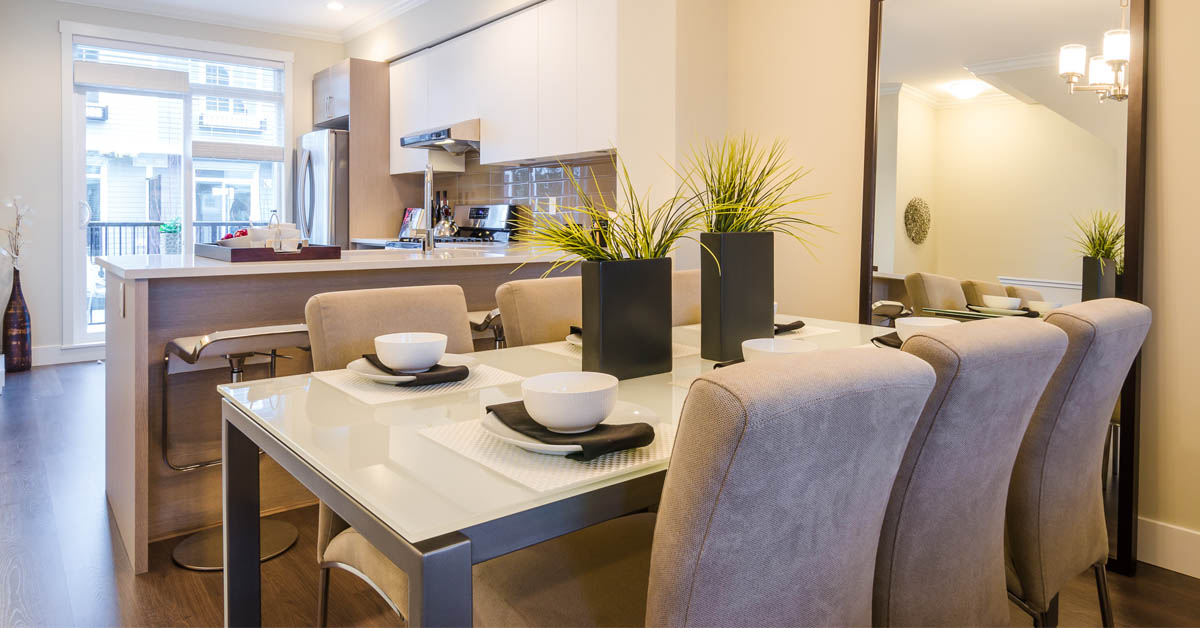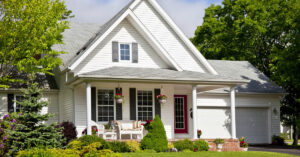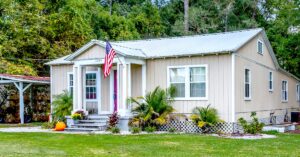The long-term sustainability of an emergent adaptive-reuse trend has remained in question due to several logistical challenges, but the practice is poised for what RentCafe terms as “impressive growth” in the next few years.
According to data from RentCafe parent company Yardi Matrix, a total of 10,090 apartments in the U.S. were converted from other uses in 2022, down from 11,422 in 2021. That’s also down from the two years prior, when the practice was ascendant: 12,487 converted apartments were delivered in 2019, with another 13,530 in 2020.
But with commercial real estate undergoing a weak period and the office sector lagging, conversions are on an upswing in a big way. A whopping 122,000 units are currently undergoing conversion into rental apartments, with 45,000 of these coming via the repurposing of office space.
Interestingly, while much has been made of the potential (as well as the challenges) of converting offices into residential spaces, office conversions have actually hit their lowest point in a decade. Such transformations hit their all-time high in 2020, when 6,874 apartment units were converted from square footage previously zoned for office space. In 2023, only 3,390 apartments were converted from former office buildings.
“Office-to-multifamily conversions target smaller, older properties, yielding limited sector effects,” said Doug Ressler, senior analyst and manager of business intelligence at Yardi Matrix. “Based on the latest research by CBRE, the conversion of office spaces into multifamily units will primarily be restricted to smaller, older office properties due to factors such as construction costs and regulations related to residential construction.”
Despite the decline, former offices still made up roughly 33.6% of all adaptive-reuse projects last year, the largest share among all property types. On a hard charge to the top, however, are former hotel spaces, which made up 29.3% of converted apartments in 2022. That share represents a five-year high for the asset class and was up 43% compared to the previous year.
Per Yardi, the share of hotel conversions is growing for a variety of reasons. For one thing, hotel-to-apartment conversions are understandably easier than office or industrial conversions as the unit footprint and electrical, kitchen and plumbing layouts are more conducive to the switch. Additionally, RentCafe called the decline of some hotel markets as “a significant catalyst behind the current wave of hotel makeovers.” While the hospitality industry is recovering from pandemic-related travel declines, the substantial pullback in hotel occupancy rates during the depth of the health crisis still led to many properties eventually being marked for conversion.
Kissimmee, Florida, presents an interesting case. With 648 converted apartments delivered in 2022, the Orlando suburb was second to Los Angeles in adaptive-reuse completions, with 85% of these units coming from former hotels. Osceola County, which encompasses Kissimmee, offers multiple incentives for adaptive reuse by providing financial support to property owners and developers who want to jump into the apartment conversion pool.






